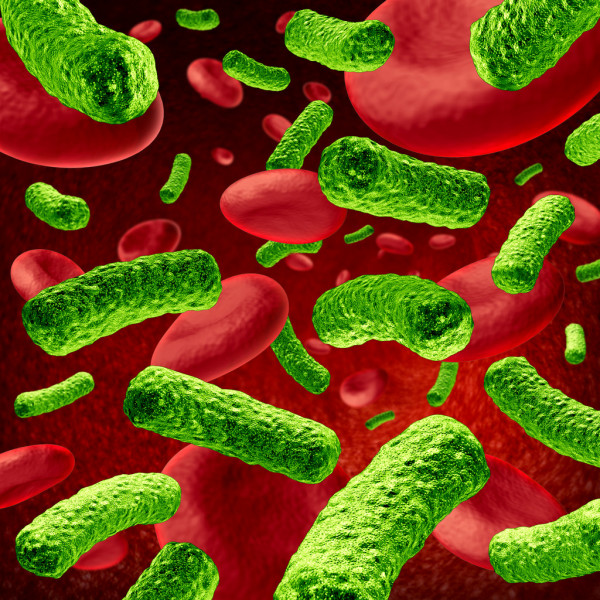Molecular diagnostic testing techniques using nucleic acids were pioneered through polymerase chain reaction (PCR), which is the predominant technique due to its familiarity, sensitivity, and robustness.
What does polymerase chain reaction mean, and why is everyone talking about it?
Polymerase chain reaction is a technique used to “amplify” or make many copies of small segments of DNA, allowing scientists to make extensive genetic research and clinicians to detect a variety of diseases. It is extremely useful in diagnosis of genetic disorders, DNA fingerprinting and detection of viruses or bacteria. Yet, the increasing use of molecular diagnostic techniques has underlined simplicity and speed as key factors for adoption, especially in small-scale diagnostics settings.
For field applications and point-of-care, isothermal amplification techniques could successfully fulfill these criteria. In isothermal amplification methods, there is no need for expensive thermal cycling equipment. In fact, isothermal amplification methods require only a single temperature. Therefore, amplification reactions could be accomplished in only 5 minutes.
Applications of isothermal amplification techniques
Loop-mediated isothermal amplification (LAMP) is the most widespread isothermal method. LAMP has been applied to diagnostic detection of pathogens in food, animal, plant, and clinical samples. For example, in 2011, Zhang and colleagues used LAMP to detect Salmonella spp. with high sensitivity in vegetables and similarly. In the following year, Wang and colleagues analyzed Shiga-toxin producing E. coli (STEC) using LAMP assays in ground beef, spinach, beef trim, and lettuce.
Principle of loop-mediated isothermal amplification (LAMP)
Loop-mediated isothermal amplification, which is based on auto cycling strand displacement, consists of two main steps:
- In the first step, four primers are specifically designed to form a dumbbell‐shaped structure.
- In the second step, this dumbbell‐shaped structure is utilized as a template for further amplification cycles which proceed with self‐primed DNA synthesis with the two inner primers.
The two inner primers for LAMP are designed in a way that a looped structure should be formed every time a single‐stranded DNA is produced. These two inner primers consist of two sets of sequences that can bind both sense and antisense strands, with a TTTT spacer between the sets of sequence.
The two outer primers help in initiating strand displacement DNA synthesis to make the loop structure at one end. As a way to enhance the reaction speed, two optional primers, LF (loop forward) and LB (loop backward), could also be added to the amplification reaction.
Advantages of LAMP
Loop-mediated isothermal amplification has exceptionally high specificity because a set of four primers with six binding sites must hybridize correctly to their target sequence before biosynthesis of DNA. Its low-cost, simplicity, flexibility, high selectivity and sensitivity makes LAMP a popular platform for molecular diagnostics.
In 2015, Zhang and colleagues used LAMP successfully for the rapid diagnosis of pathogenic bacteria in clinical sputum specimens of acute exacerbation of chronic obstructive pulmonary disease, indicating the high sensitivity of LAMP compared to that of sputum culturing methods.
Furthermore, LAMP is simple and easy to perform, requiring only a DNA polymerase, four primers and a heat block or regular laboratory water bath for reaction. Recently, because of the coronavirus outbreak, LAMP, combined with reverse transcription is currently used as one of the leading methods in the amplification of RNA sequences, performing with high efficiency.
Sources:
Tanner, Nathan A., and Thomas C. Evans Jr. “Loop‐mediated isothermal amplification for detection of nucleic acids.” Current protocols in molecular biology 105.1 (2014): 15-14.
Notomi, Tsugunori, et al. “Loop-mediated isothermal amplification of DNA.” Nucleic acids research 28.12 (2000): e63-e63.
Dolka, Beata, Agata Anna Cisek, and Piotr Szeleszczuk. “The application of the loop-mediated isothermal amplification (LAMP) method for diagnosing Enterococcus hirae-associated endocarditis outbreaks in chickens.” BMC microbiology 19.1 (2019): 1-13.
Zhang, Guodong, Eric W. Brown, and Narjol González-Escalona. “Comparison of real-time polymerase chain reaction, reverse transcriptase real-time polymerase chain reaction, loop-mediated isothermal amplification, and the FDA conventional microbiological method for the detection of Salmonella spp. in produce.” Applied and environmental microbiology 77.18 (2011): 6495-6501.
Wang, Fei, et al. “Rapid and specific detection of Escherichia coli serogroups O26, O45, O103, O111, O121, O145, and O157 in ground beef, beef trim, and produce by loop-mediated isothermal amplification.” Applied and environmental microbiology 78.8 (2012): 2727-2736
Zhang, Wei, et al. “Application of loop-mediated isothermal amplification (LAMP) assay for the rapid diagnosis of pathogenic bacteria in clinical sputum specimens of acute exacerbation of COPD (AECOPD).” International journal of clinical and experimental medicine 8.5 (2015): 7881.






